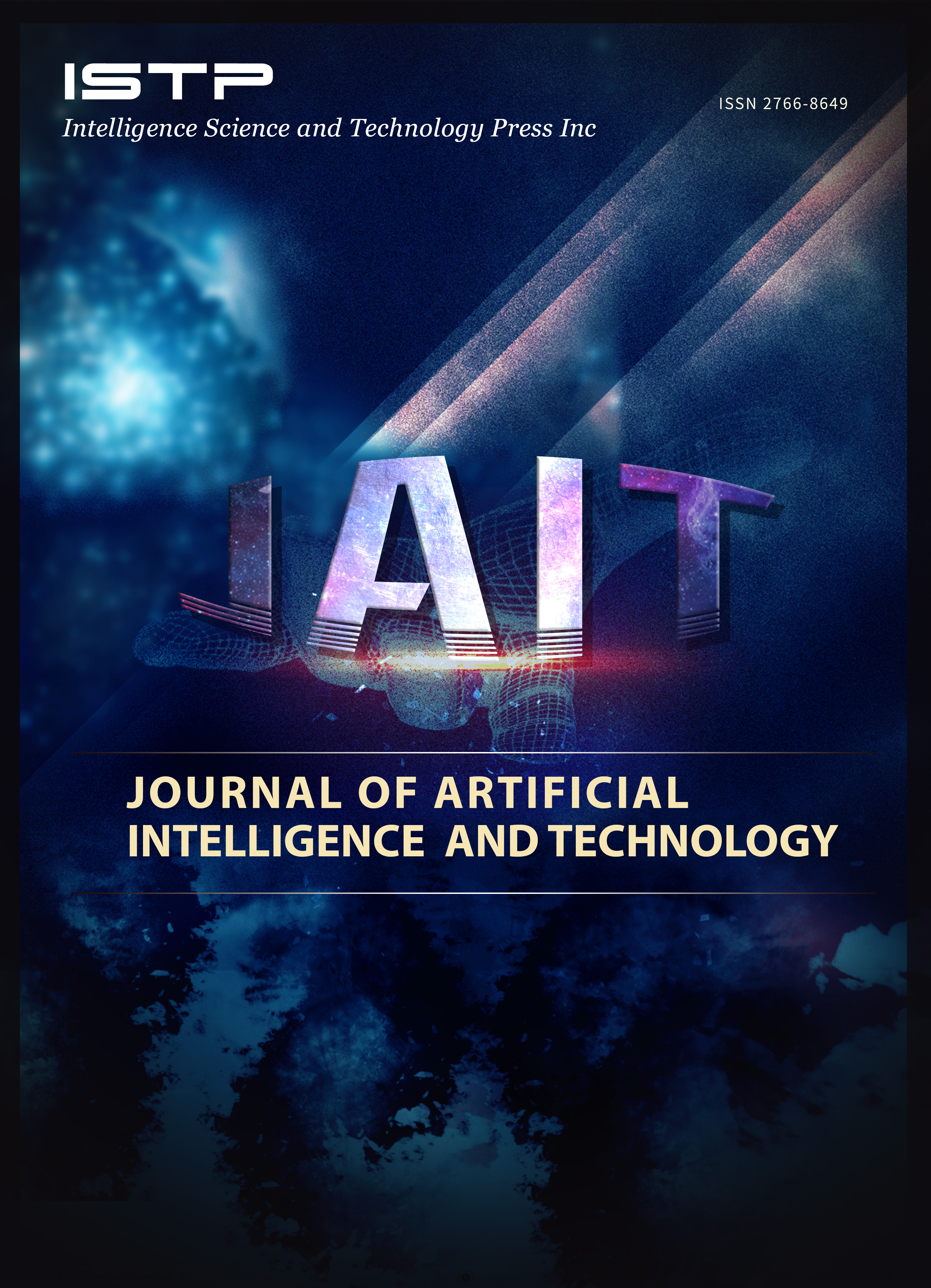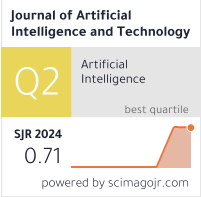SBCP-YOLO-R3D: Student Behavior Recognition and Visualization Framework Using Improved YOLO and R3D for Class Video
DOI:
https://doi.org/10.37965/jait.2025.0685Keywords:
learning portraits, occlusion attention, student behavior recognition, YOLOAbstract
Real-time recognition and visualization of students’ behaviors in face-to-face classrooms serve as pivotal indicators of learning engagement. However, current methods exhibit limitations in both real-time performance and accuracy. Additionally, in-depth studies have not been extensively conducted to evaluate learning status more conveniently by utilizing computer vision techniques. To address these issues, a novel Student Behavior Recognition and Dynamic Class Portraits Construction framework, named SBCP-YOLO-R3D, incorporating the StB-YOLO and R3D methods, has been proposed to detect student behaviors and construct class portraits. The developed framework comprises two layers: the StB-YOLO detection layer and the R3D classification layer. In the StB-YOLO detection layer, the Lightweight-SEAM (LW-SEAM) is incorporated into YOLOv5 to enhance the recognition of occluded students, by capturing contextual information and enhancing occlusion-related features. Moreover, a Double-SlideLoss function is devised, employing adaptive weighting mechanisms to strike an optimal balance between simple and challenging samples. In the R3D classification layer, the results generated by StB-YOLO are then processed using R3D to produce class portraits. Experiments conducted on the StuAct and SCB-DATASET3-S datasets demonstrate the effectiveness of the StB-YOLO. Compared with the baseline model, StB-YOLO increases the mAP by 3.1%.
Published
How to Cite
Issue
Section
License
Copyright (c) 2025 Authors

This work is licensed under a Creative Commons Attribution 4.0 International License.





